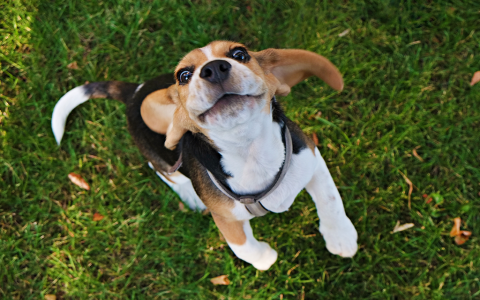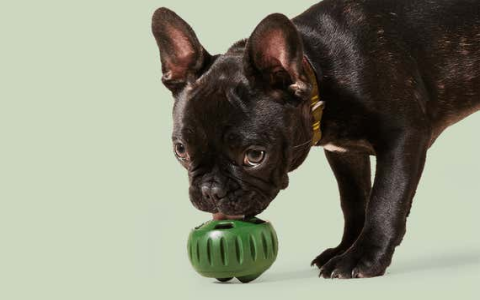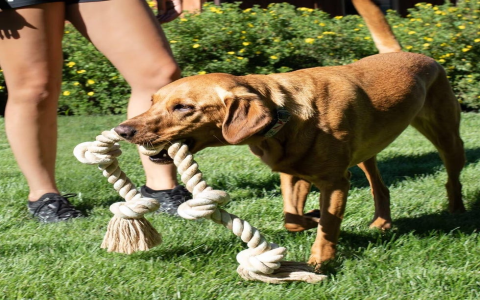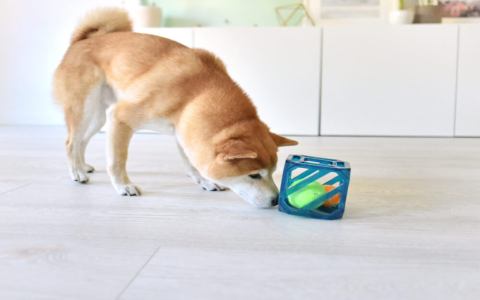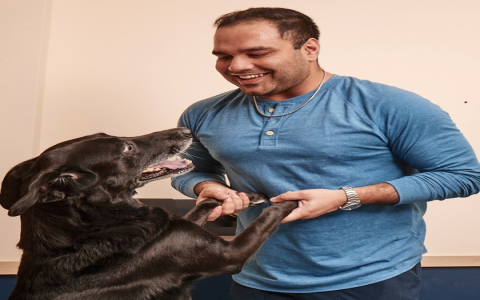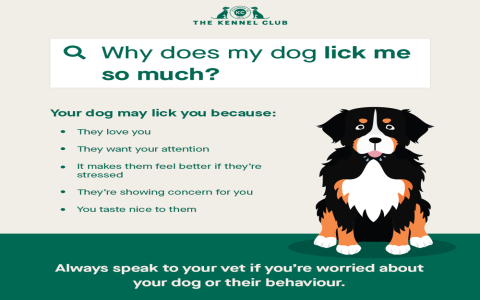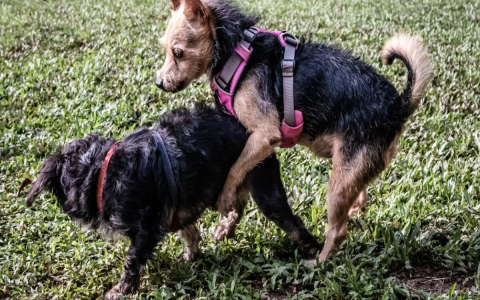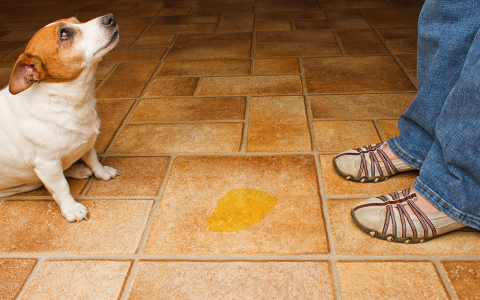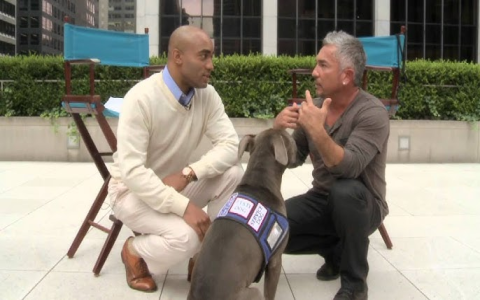What makes good tough dog tug toys for aggressive chewers? Learn what materials work best.
My Journey Through the Land of "Tough" Dog Toys
Okay, let's talk about dog toys. Specifically, tug toys for dogs that chew like it's their job. My dog, Buster, he's a good boy, but man, he goes through toys like you wouldn't believe. Especially the tug ones. It got expensive, and honestly, frustrating.

I started like everyone else, I guess. Went to the pet store, grabbed whatever said "tough" or "durable" on the label. You know the ones. Thick ropes, hard-looking rubber things. I'd bring one home, all hopeful. Buster would get excited. We'd have maybe one good game of tug-of-war.
Then came the destruction. Seriously, sometimes within minutes. I remember this one braided rope toy, looked solid. Gave it to Buster. We tugged for maybe five minutes. I went to grab a drink, came back, and it looked like a fuzzy explosion happened in my living room. Strings everywhere. He wasn't even tugging anymore, just shredding.
So, the search got more serious. I spent way too much time looking around, asking other owners at the park. What did they use? Got a lot of suggestions. Tried a bunch more stuff:
- Firehose material toys: Sounded tough, right? Buster managed to chew through the stitching on the edges. Once he got a weak spot, forget it. Game over.
- Super hard plastic things: He just wasn't that interested in tugging with these. He'd chew them sometimes, but they weren't great for interactive play. Plus, I worried about him breaking a tooth.
- Dense rubber shapes: Some of these were better. There was this one black rubber ring, pretty thick. It actually lasted a few weeks. That felt like a major victory! But eventually, he managed to tear chunks off it. Still, progress!
Finding What Actually Worked (Sort Of)
After trying maybe a dozen different types, I started noticing a pattern. The toys that lasted longest weren't always the hardest, but they were made of a really dense, slightly flexible rubber. Not brittle plastic, and not easily shredded rope. And construction mattered. Toys made from a single mold, without weak seams, seemed to hold up better.
I found a couple of brands, won't name names 'cause this isn't an ad, but they specialize in this super dense rubber stuff. Often used for police dog training, that kind of thing. They cost more upfront, absolutely. But when a toy lasts months instead of minutes or days, you actually save money. Believe me.
We finally got into a good rhythm. I found a couple of specific shapes from these heavy-duty brands that Buster loved for tug. A thick rubber stick shape and a sort of solid ball with a hole through it (good for gripping). We could actually play tug without me worrying the toy would disintegrate mid-pull.
Now, are they indestructible? Nah. Buster still manages to wear them down eventually. He's a determined chewer. But the difference is huge. We get weeks, sometimes months, out of a tug toy now. I still have to supervise playtime, especially the heavy chewing sessions, just to make sure he's not swallowing bits. That's just common sense with power chewers.
So yeah, that was my whole saga. Lots of trial and error. Lots of wasted money on flimsy stuff labeled "tough". Finding truly durable tug toys for a serious chewer is a process. You gotta experiment, see what your dog likes and what actually holds up to their specific style of destruction. For us, dense, single-mold rubber was the winner. It's made playtime way less stressful and much more fun.

